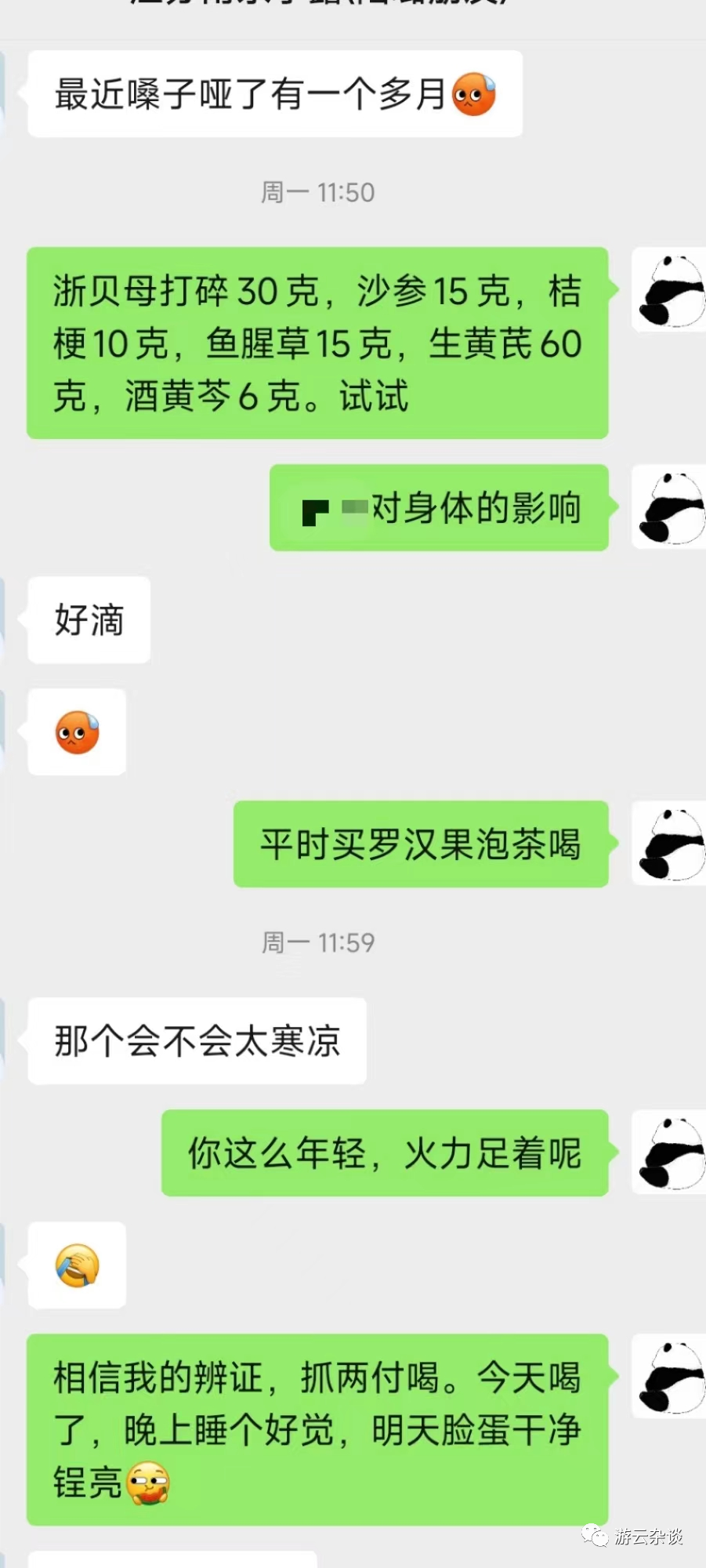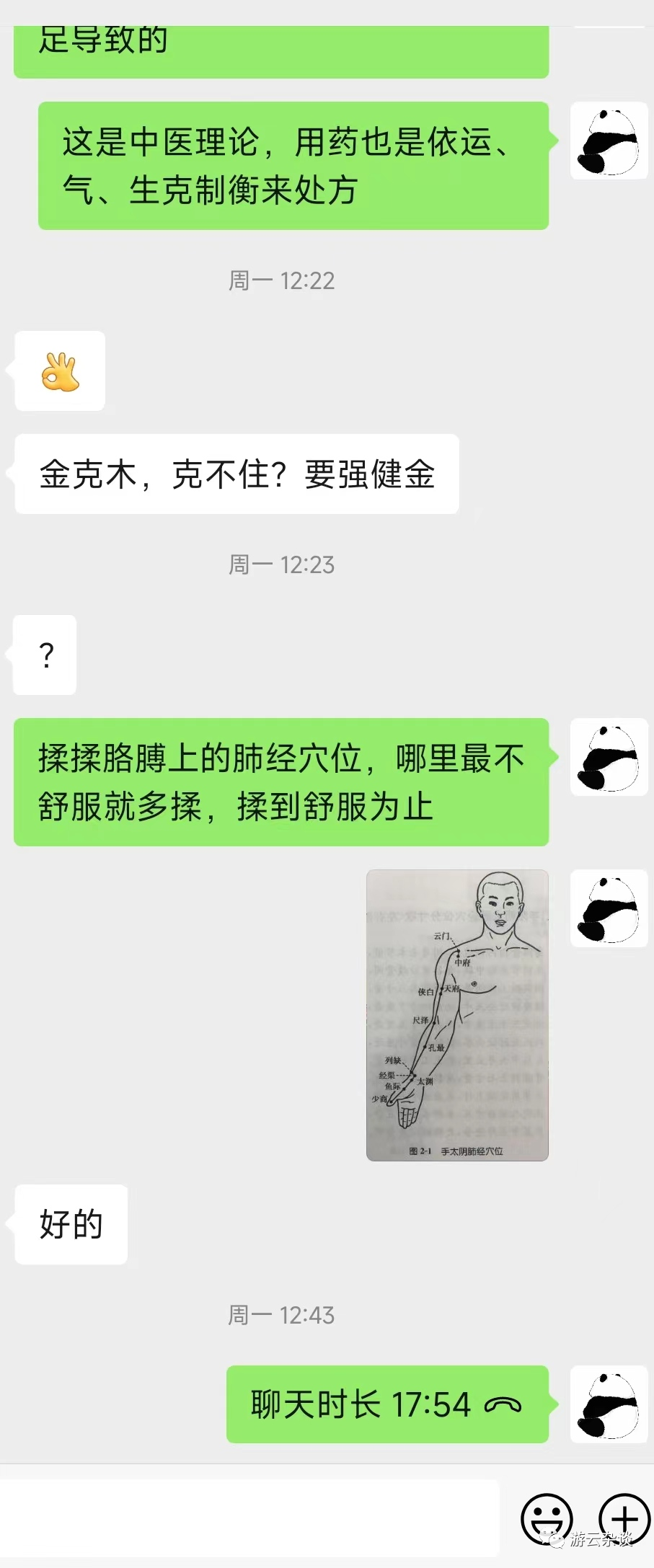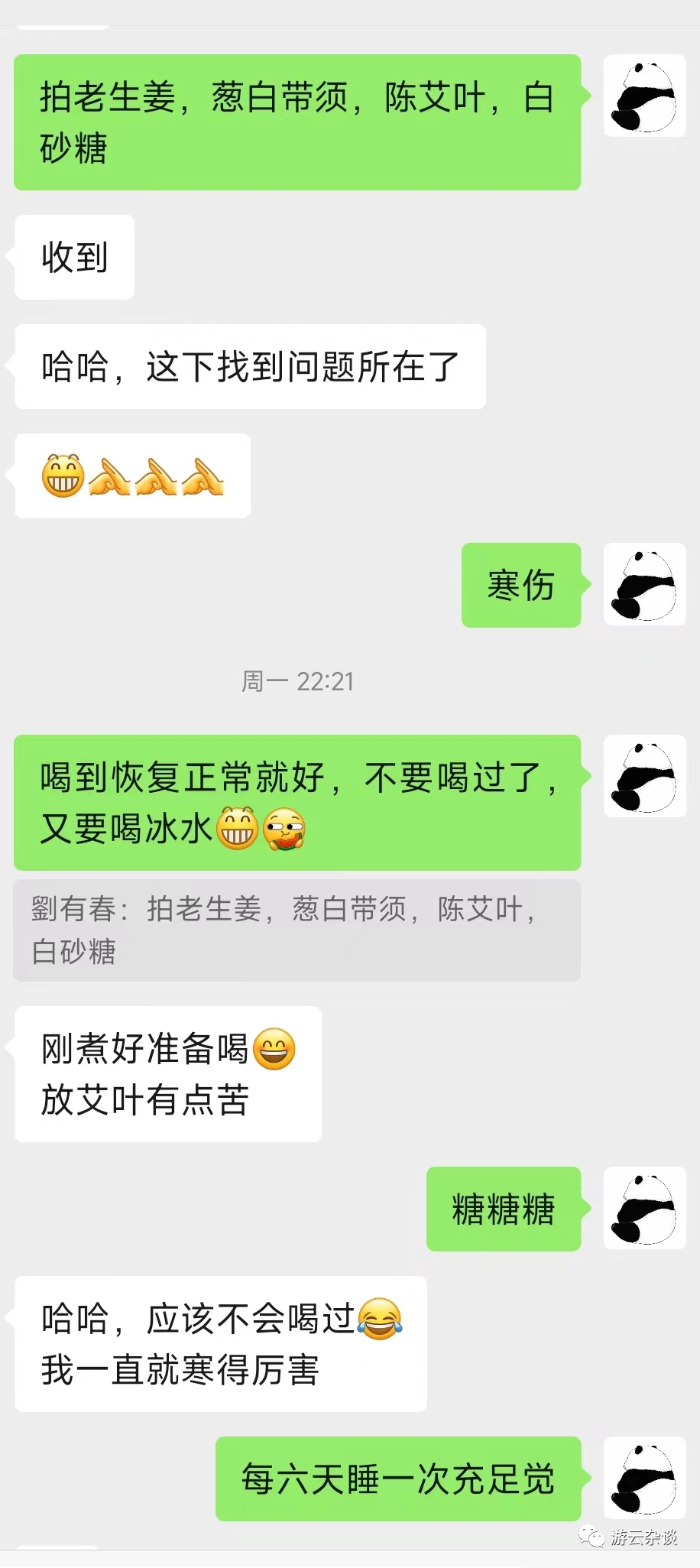In Traditional Chinese Medicine (TCM), diagnosis does not rely on instruments, MRI scans, or urine and stool tests. Instead, it is based on the accumulated experiences of past practitioners summarized through the Four Examinations and Eight Principles.
Among the Four Examinations, the four methods serve as modern diagnostic tools, while the theoretical system of TCM is used for treatment adjustments. The effectiveness of TCM treatment depends on the practitioner’s understanding and interpretation of TCM theories.
It is well-known that the Four Examinations—observation (望), listening (闻), inquiry (问), and pulse diagnosis (切)—are ranked as follows: observation is divine, listening is sacred, inquiry is skilled, and pulse diagnosis is clever.
Observation involves analyzing the patient’s overall mental state, facial complexion, body coordination, and expressions to deduce the illness and its causes, which is relatively easy to understand.
Inquiring about the patient’s discomfort, dietary habits, sleep patterns, bowel movements, and daily activities helps analyze the condition and its causes, which is also straightforward.
Pulse diagnosis is a significant feature of TCM, providing a direct understanding of the practitioner’s skill level before modern times. By feeling the pulse, practitioners can inform patients about their physical condition, the location of the illness, and its causes. This method enhances patients’ confidence in TCM practitioners, leading to the saying, “The one who feels the pulse is the master, while the one who prescribes is the apprentice.” Most people can grasp the concept of pulse diagnosis.
However, the method of listening (闻诊) is often difficult to understand in terms of its practical application. Those who know how to use it may not speak about it, and those who speak may not fully understand it, relying instead on personal observation and experience accumulation.
Previously, I understood listening diagnosis as listening to the patient’s self-report to analyze their condition. This is a crucial aspect, as prolonged analysis reveals that listening to how someone speaks can also indicate which part of their body may have issues, making it a viable method.
It is often said that a person with poor vocal quality lacks harmony. Ancient scholars associated the five tones—Gong (宫), Shang (商), Jiao (角), Zhi (徵), and Yu (羽)—with the five organs:
Gong corresponds to the Spleen, its sound is long and gentle,
Shang corresponds to the Spleen, its sound is short and clear,
Jiao corresponds to the Liver, its sound is long and calling,
Zhi corresponds to the Heart, its sound is bold and bright,
Yu corresponds to the Kidney, its sound is deep and fine.
This represents the correct sounds of the five organs. It is evident that ancient scholars had significant research in phonetics to document this. Listening to sounds to discern a person’s health is relatively straightforward; healthy individuals have a loud, long, full, and round voice without noise or defects.

A few days ago, a friend mentioned that their voice had been hoarse for a long time. They had previously visited for treatment and specifically mentioned when they could consume cold foods and when they could not. I thought they would adhere to these dietary restrictions, so I wrote a few herbal prescriptions for autumn to clear heat and moisten dryness.

I also needed to ask about the cause. I tend to be shy, so I briefly explained the principle.

This was quite a revelation. When faced with someone with strong unknown desires, it is easier to communicate via voice message. After the call connected, I heard the other person’s voice was hoarse and somewhat rough, resembling the slippery pulse (濡涩脉) in pulse diagnosis. I immediately advised against using the previous prescription. Was their hoarseness caused by drinking cold beverages recently?
The response was affirmative; they had consumed iced drinks during a recent gathering, which led to their hoarseness.
We needed to change the prescription; otherwise, recovery would be difficult.

Now that I understood the issue, I suggested buying some dried mugwort leaves (陈艾叶) from the pharmacy, and the rest could be found at the local market. What would the effect be?

After taking the remedy, their throat felt more comfortable, and the next day, their voice was noticeably better. The targeted treatment worked; fortunately, during the voice call, I explained the balance of the Five Elements, and it turned out that the hoarseness was caused by a cold pathogen. Otherwise, it could have led to a misdiagnosis, where a small error could result in a significant deviation.
The two prescriptions mentioned above address hoarseness caused by heat dryness and hoarseness caused by cold pathogens, respectively. Feel free to copy them down if you wish.
In the future, we can discuss diagnosis by sound further. See you!

